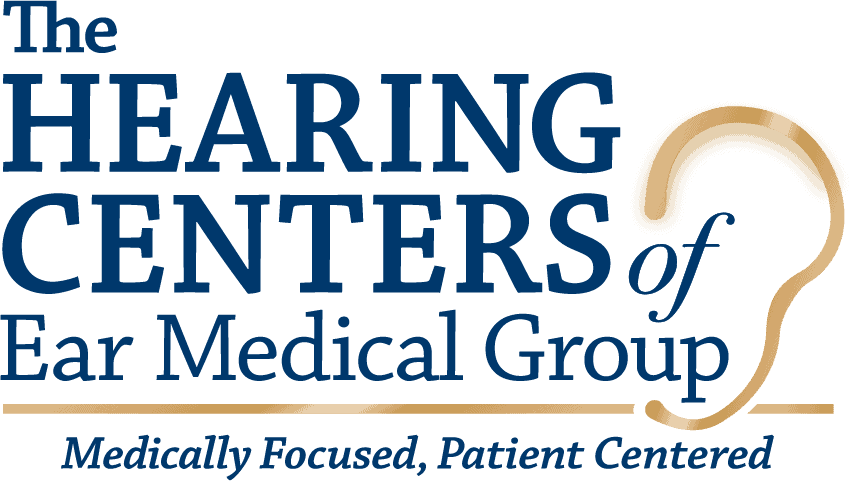Hearing Aids
Hearing aids come in all shapes and sizes, and most hearing aid manufacturers offer a wide range of styles. With this vast array of hearing technology, it is important to find devices that meet your specific needs.
The first step toward better hearing is to seek the assistance of a hearing professional at the Hearing Centers of Ear Medical Group in San Antonio, TX. After a hearing test, if a hearing loss is detected, we will consult with you about the facets of your lifestyle that require assistance.
These aspects of your lifestyle can coordinate with the features offered by hearing aids to make sure you can hear in the times and places you want most. In addition, the style and fit of the hearing device will be fitted to align with your active lifestyle, including exercise, travel, and outdoor activities.
If you already have hearing aids and they are damaged, our staff is ready to assist with your hearing aid repair.
The following overview of San Antonio hearing aids is only a starting point. At the Hearing Centers of Ear Medical Group in San Antonio, we will work with you to understand which type is most appropriate for your hearing loss, lifestyle, and needs.
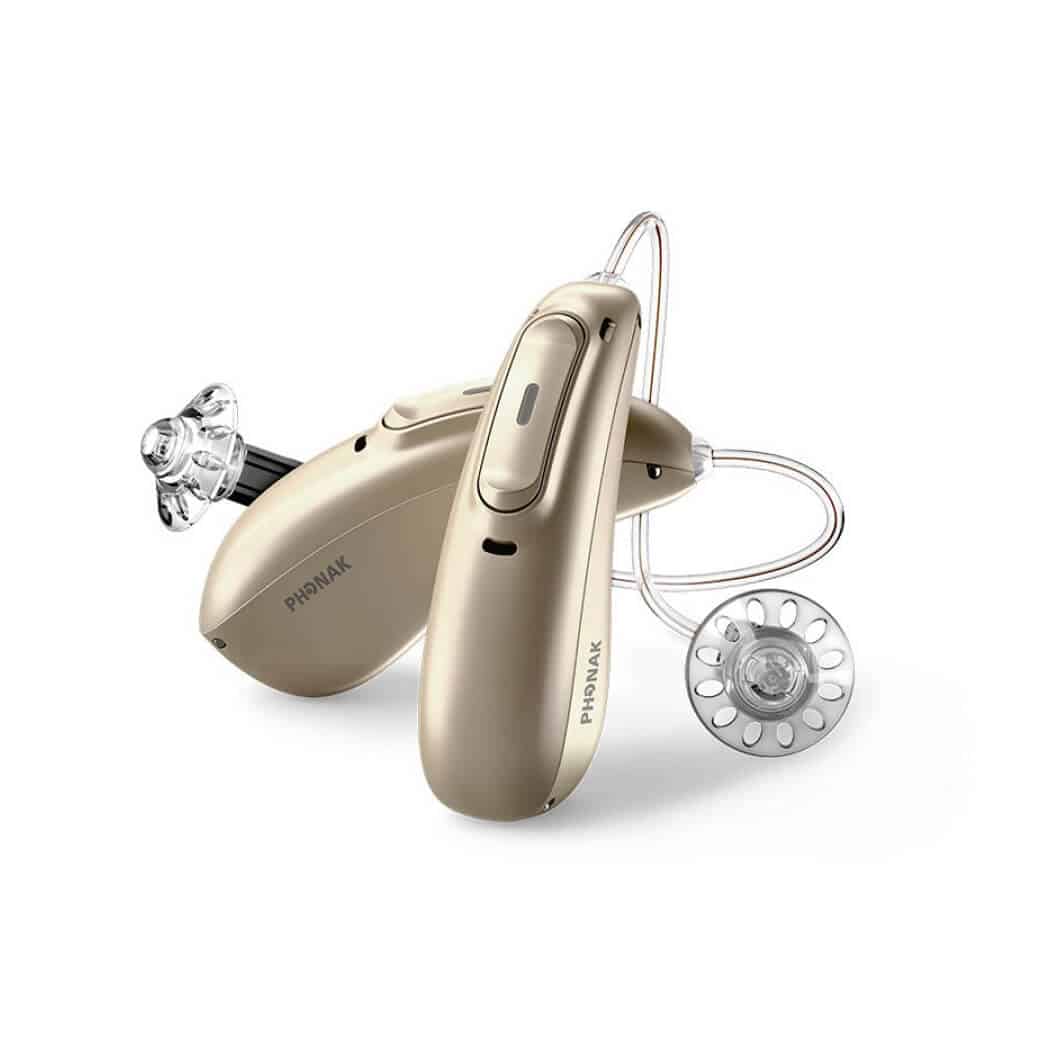
Hearing Aid Styles
In The Ear (ITE) Hearing Aids
ITE hearing aid are designed to fit entirely in the ear and/or ear canal and come in a variety of sizes and shapes. The defining feature of all ITE hearing aids is that all the components, including the battery, are contained in one plastic unit.
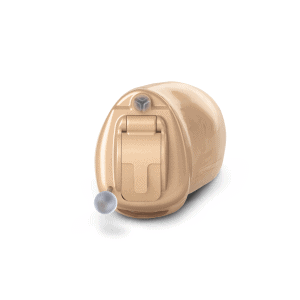
CIC
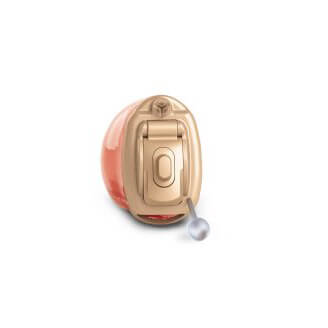
IIC
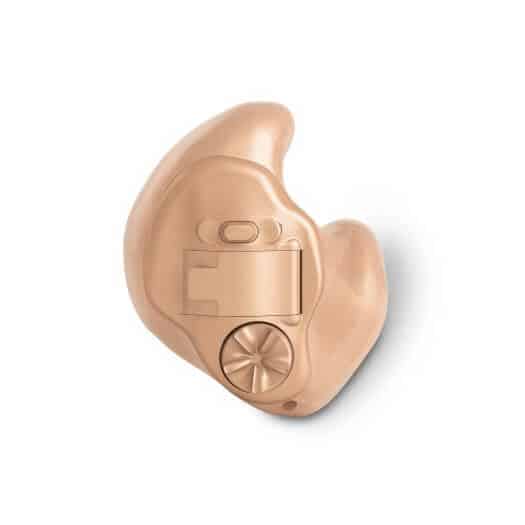
RITE

ITC
Classic ITE hearing aids sit in the bowl of your ear and are available in two styles: full shell or half shell. These are visible when placed. Less visible options are invisible-in-canal (IIC) and completely-in-canal (CIC) hearing aids. IIC hearing aids are completely invisible when placed in the ear canal, while CIC hearing devices are partially visible when placed inside the ear canal.
ITE hearing aids are often prescribed for people with mild to moderate hearing loss. For some, they can be comfortable and easy to use, but people with dexterity issues may find their small size difficult to manipulate when switching between features or replacing batteries.
Behind The Ear (BTE)
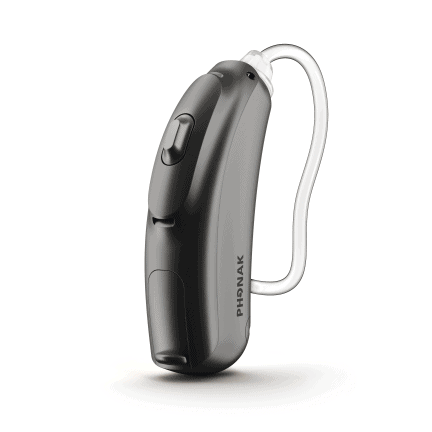
Full Shell

BTE
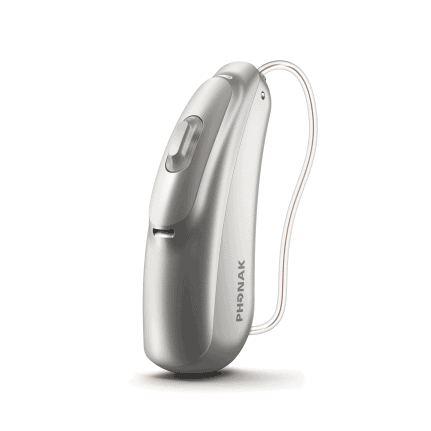
RIC
As their name suggest, BTE hearing aids are worn over the back of your ear. BTE hearing devices are comprised of several parts: a plastic component that houses all of the electric parts, a custom mold that is placed inside the canal, and a wire that connects the two. With BTE hearing aids, the battery is housed in the plastic compartment that sits behind the ear, making it easier to manipulate and replace, if necessary.
Receiver In Canal (RIC) and Receiver In The Ear (RITE) are two types of BTE hearing aids, with the receiver resting in the ear canal. RIC hearing devices have a smaller component that rests in the ear canal, whereas RITE hearing aids are connected to a larger custom ear mold (often-flesh toned). RIC and RITE hearing aids are very similar, and RITE hearing aids are often used for people with more advanced levels of hearing loss. BTE hearing aids are easy to use and are often not visible due to their positioning behind the ear. They accommodate a wide range of degrees of hearing loss and are a flexible option for people of all ages.
Common Hearing Device Features
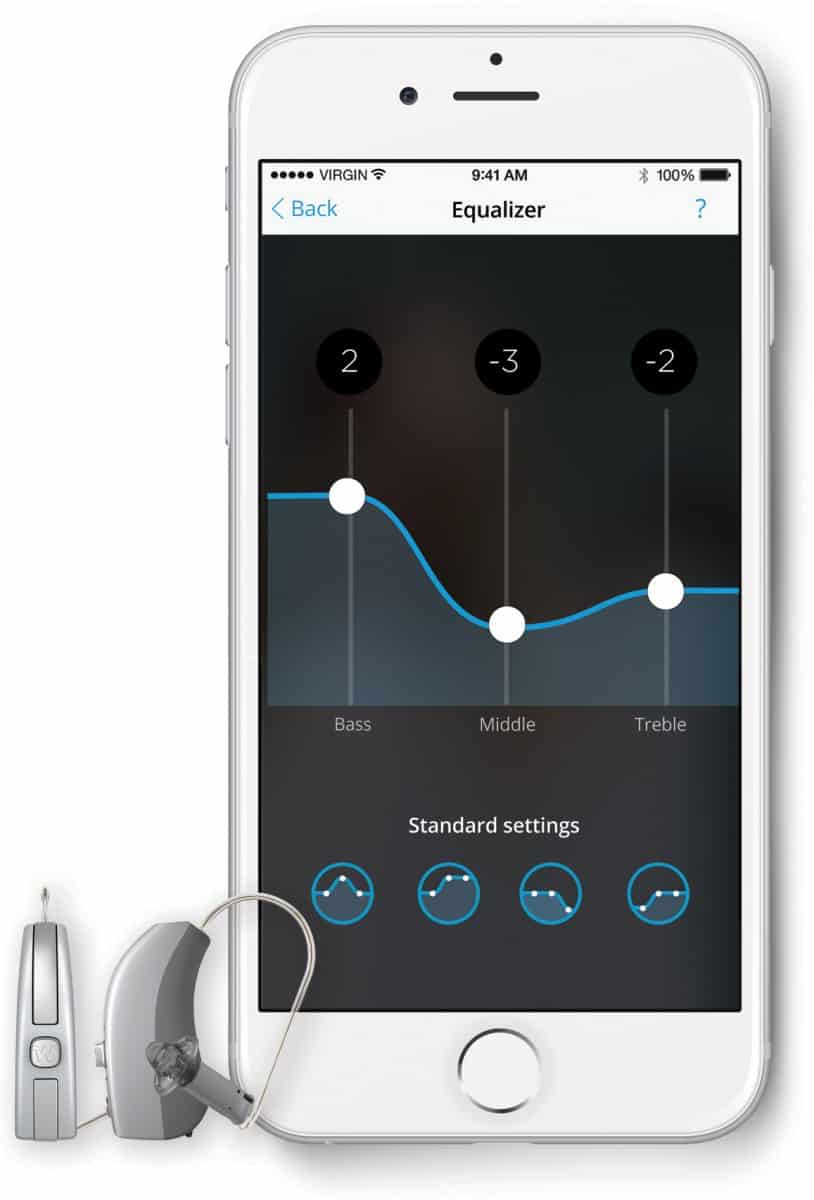
Made for iPhone Hearing Device
Exciting new features are being developed every day for hearing technology. One of the cutting-edge technologies available uses Bluetooth and other wireless options to connect hearing aids directly to smartphones and other devices. With this connectivity in place, the possibilities are virtually limitless. Some hearing devices offer the option to archive wearer preferences in different locations and make automatic adjustments when you return to saved places, providing a truly seamless listening experience.
Our Hearing aids in San Antonio are equipped with fast processing systems that quickly acclimate the wearer to different sonic environments and improve speech recognition in challenging noise environments. In addition, there are hearing device models that can be used as high-functioning headphones or earbuds when connected with audio devices. Music, television, and other streaming services can be connected directly to hearing aids, rather than using other assistive listening device technology.
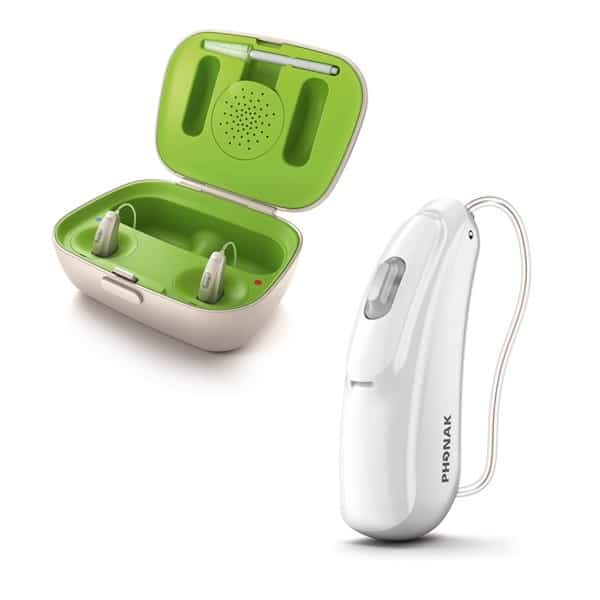
Rechargeable Hearing Aids
Furthermore, telephone technology has advanced rapidly with hearing aids, especially in conjunction with smartphones. Notifications and ringers can be synced with hearing technology so that you don’t have to listen for the phone to ring in the room. Battery life has been a new terrain for hearing aid technology, as well. New hearing devices are powered by fully chargeable lithium-ion batteries, and a single overnight charge can be sufficient for a full day of use, just like most smartphones.
